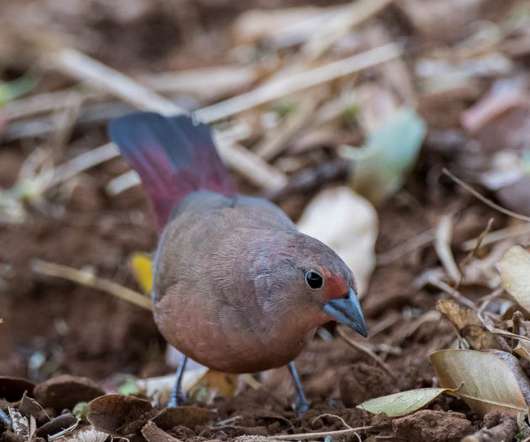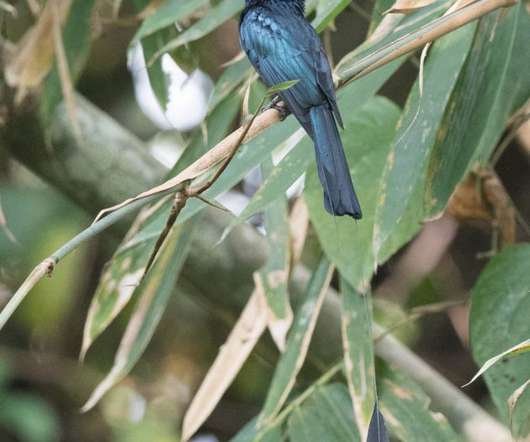Big Ticks; What Was Your Last New Family?
10,000 Birds
NOVEMBER 30, 2011
Not that I don’t enjoy seeing new species myself, it’s just that they are an easy target and I am nothing if not lazy and mean spirited. But there is one kind of tick that I genuinely do enjoy, and as I do more and more birding it becomes harder and harder to get; new families.












Let's personalize your content